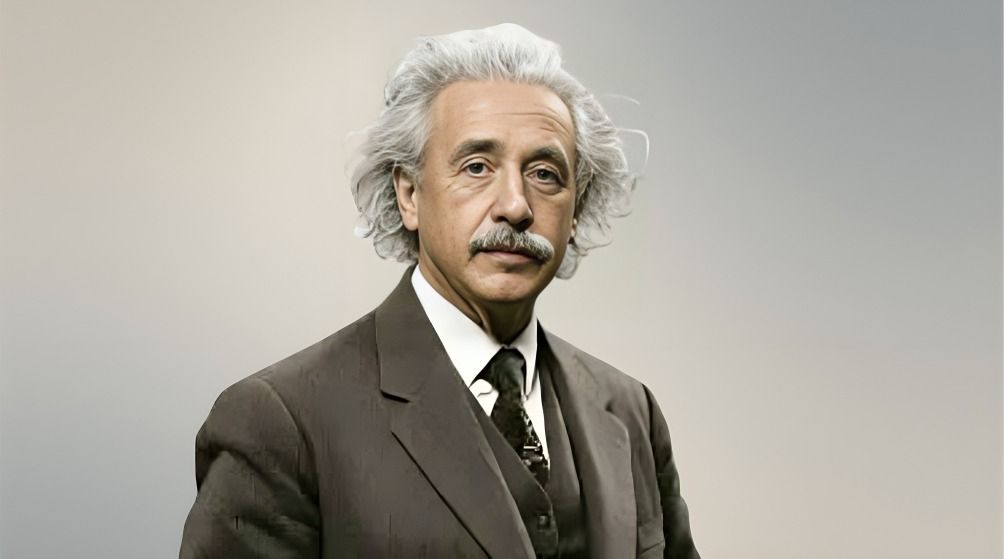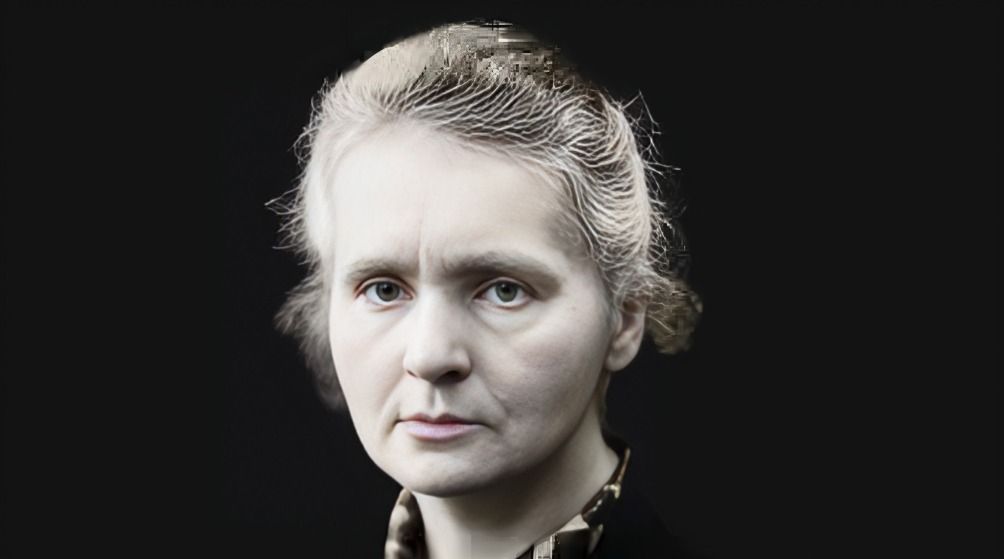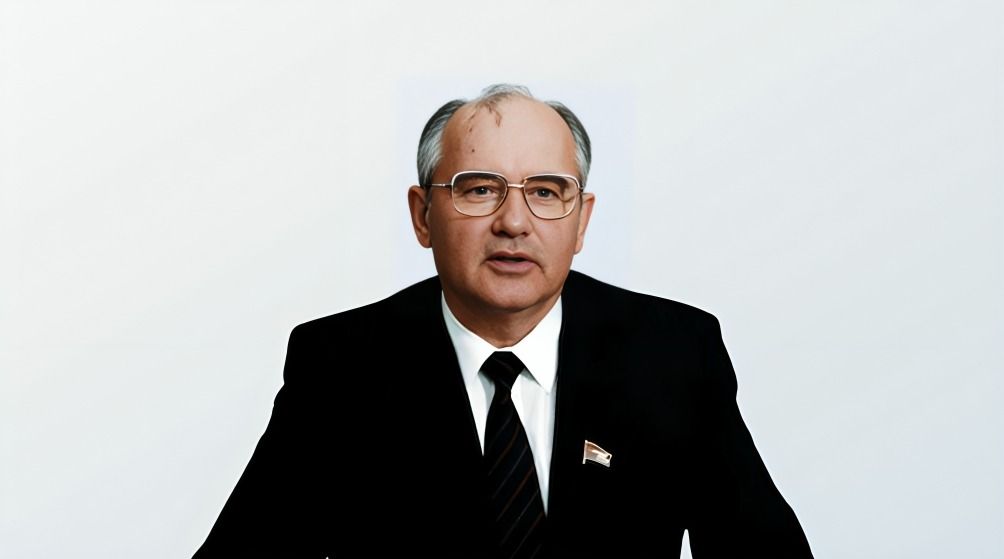
“
Mikhail Gorbachev’s life and legacy are defined by transformation and bold reforms. Known for his role in ending the Cold War, Gorbachev’s leadership reshaped the course of history. In this blog, we’ll explore 20 amazing facts about Mikhail Gorbachev, uncovering the pivotal moments and decisions that made him one of the most influential political figures of the 20th century. From his groundbreaking policies of perestroika and glasnost to his efforts to build bridges between East and West, Gorbachev’s impact on global politics is undeniable. Beyond his political career, Gorbachev’s personal life and journey offer insights into the complexities of leadership during times of monumental change. Join us as we delve into amazing facts about Mikhail Gorbachev, offering a closer look at the man behind the monumental reforms that altered the political landscape of the world.1
”
Mikhail Gorbachev was the Soviet Union’s final leader, guiding it through its historic dissolution and creating the pathway for post-Soviet Russia, dramatically shifting global politics and ending decades of tension.1
Gorbachev introduced glasnost ("openness") and perestroika ("restructuring") in the 1980s, policies aimed at increasing freedom and modernizing the Soviet economy, marking a radical shift from previous Soviet leadership.2
In 1990, Gorbachev won the Nobel Peace Prize for helping end the Cold War, a historic achievement that diminished nuclear fears and redefined global relations after years of strained diplomacy.3
Gorbachev fostered a unique relationship with Western leaders, particularly with U.S. President Ronald Reagan, with whom he worked to reduce nuclear arms and ease Cold War tensions, bridging global divides.4
His partnership with British Prime Minister Margaret Thatcher, who said, “I like Mr. Gorbachev; we can do business together,” marked a rare collaboration between Soviet and Western leadership.5
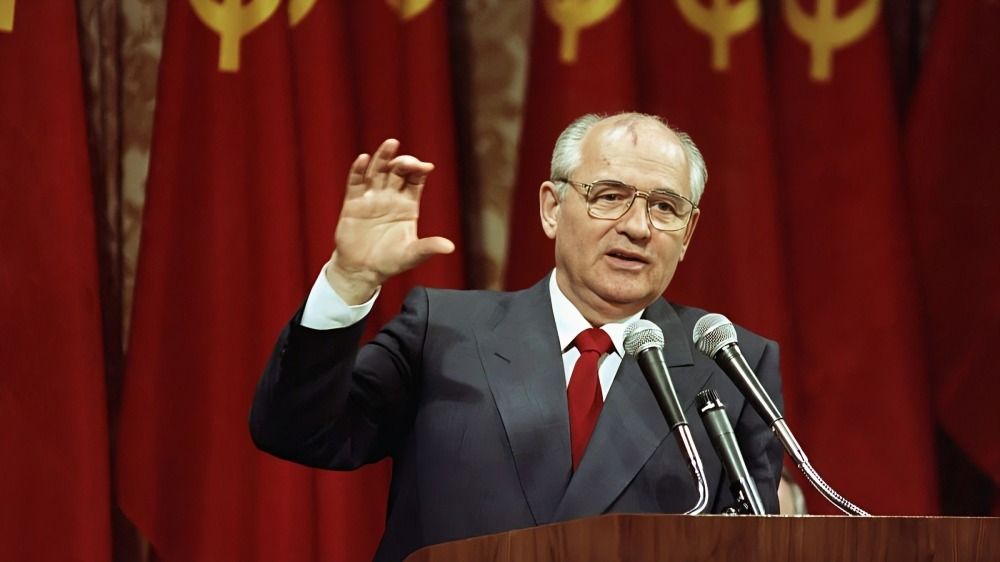
Under Gorbachev’s leadership, the Soviet Union made historic nuclear arsenal reductions, reshaping the global nuclear landscape and demonstrating his commitment to disarmament and international peace.
Gorbachev was the first Soviet leader with a formal university education, holding a law degree from Moscow State University, which influenced his open-minded and reform-oriented leadership style.6
Through glasnost, Gorbachev increased media freedom in the Soviet Union, allowing citizens to publicly discuss politics and criticize the government without fear, reshaping the Soviet landscape.7
Gorbachev’s reforms empowered Eastern European nations like Poland, Hungary, and East Germany to push for independence, ultimately leading to the collapse of the Iron Curtain and a new era in Europe.8
In 1989, Gorbachev ordered the withdrawal of Soviet troops from Afghanistan, ending a costly and unpopular decade-long conflict that had strained Soviet resources and public morale.9
Known for his iconic birthmark, Gorbachev’s distinctive look made him instantly recognizable worldwide, symbolizing a leader known for his openness and desire for constructive change.10
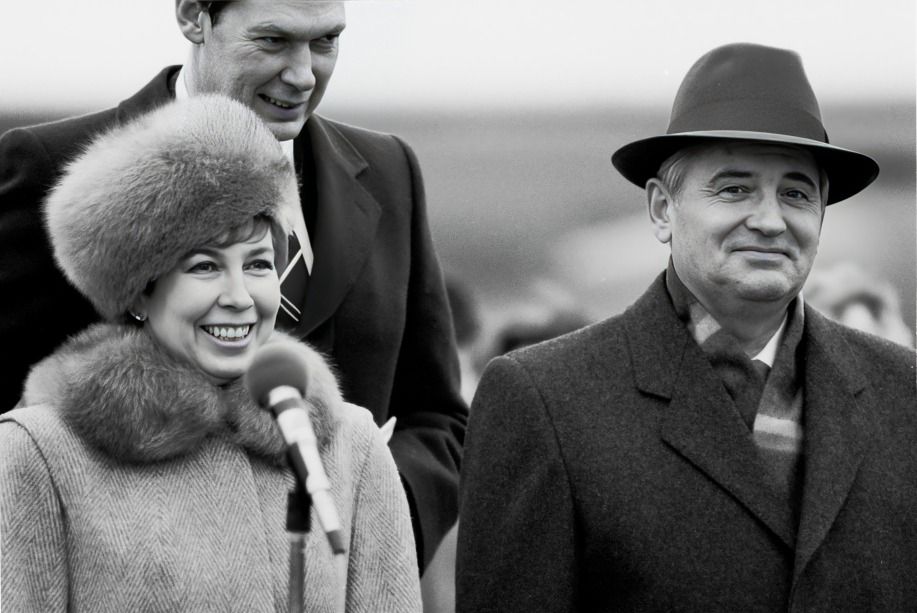
Gorbachev’s wife, Raisa, was highly visible and influential, unlike previous Soviet leaders’ wives. Their close partnership represented a modern, progressive approach to leadership and family life.
While popular abroad, Gorbachev faced criticism at home, where many blamed him for economic hardships. Western leaders admired him, but Soviet citizens held mixed views on his reforms.11
After his presidency, he founded the Gorbachev Foundation to focus on social, economic, and political research, showing his continued commitment to reform, democracy, and progress.12
Gorbachev was instrumental in the reunification of Germany, advocating for a peaceful end to East and West Germany’s division following the fall of the Berlin Wall in 1989.13
Gorbachev broke tradition by engaging in televised interviews and debates, shifting Soviet leadership’s secretive reputation and connecting directly with Soviet citizens in unprecedented ways.14
After leaving office, Gorbachev surprised many by appearing in ads for Pizza Hut and Louis Vuitton, sparking discussions about former Soviet leaders’ evolving roles in popular culture.15
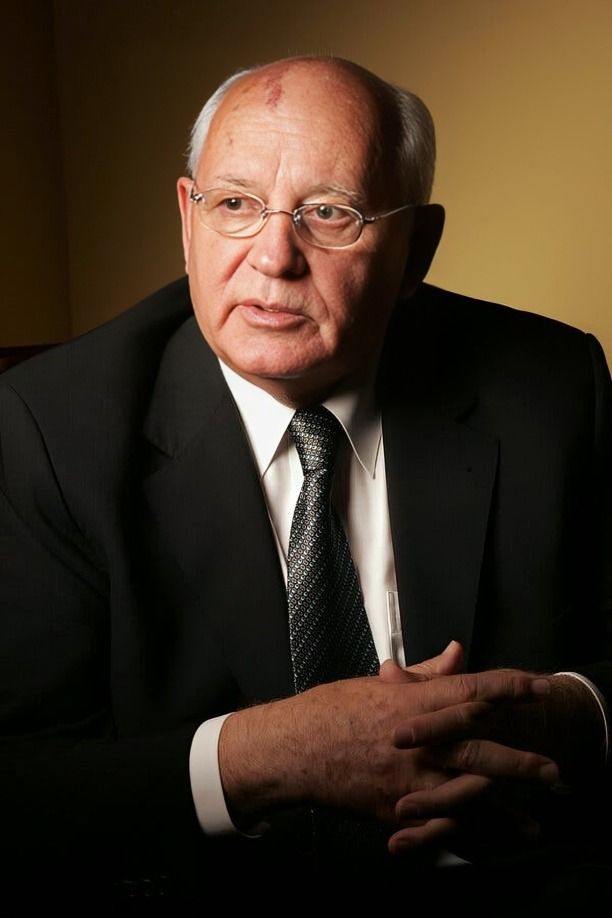
Gorbachev’s glasnost policy led to the release of numerous political prisoners, granting freedom to many who had been imprisoned for their beliefs and championing human rights.
Gorbachev was the first Soviet leader to publicly condemn Stalin’s oppressive rule, marking a controversial and historic acknowledgment that changed how Soviet history was understood.16
Despite the domestic backlash, Gorbachev remained committed to his vision for a reformed Soviet Union, prioritizing human rights, peace, and transparency, leaving an enduring legacy in global diplomacy.17

